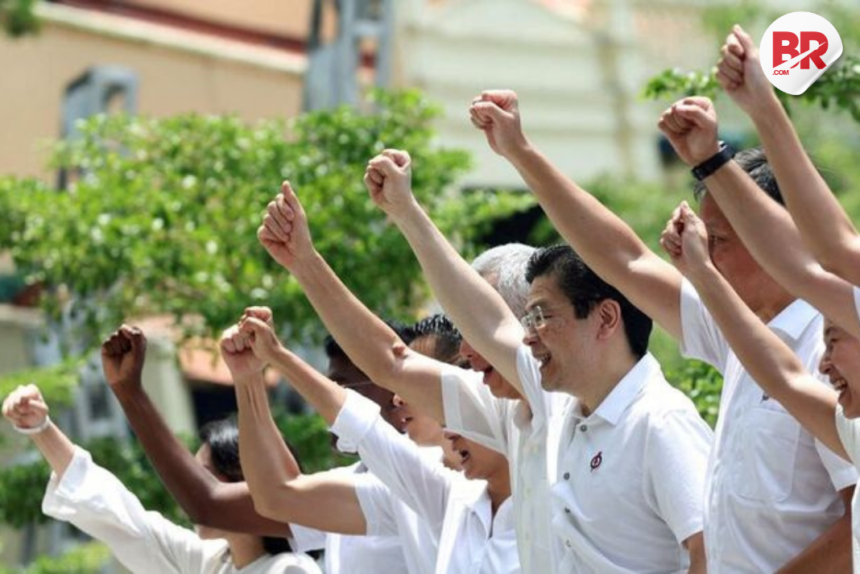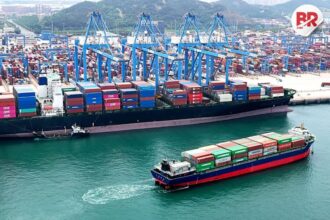
Singapore’s May 3 Election: A Test of Power and Patience for the PAP
Singapore votes on May 3, and the numbers say it all: 97 seats, 33 constituencies, 211 candidates—46% of them from the People’s Action Party (PAP). This is the first big test for new Prime Minister Lawrence Wong, and the stakes go far beyond just parliamentary arithmetic.
Why should Singaporeans care?
For the average Singaporean, this election isn’t just a formality. It’s a moment of reckoning—between rising costs, job security, and a political machine that’s ruled for six decades. The PAP, known for keeping the trains running (and the economy humming), is looking to cement Wong’s authority. But growing frustration—especially among younger voters—could tilt the national mood, if not the seat count.

And while the PAP is expected to win big—as it has in every vote since 1965—the real battle is in the margins. A dip in popular support could send a strong message: Singapore wants more voices at the table, not just more ministers in Parliament.
Also Read What You Don’t Know About Carney’s Canada Win: Trump’s Influence Was Bigger Than You Think
A One-Horse Race—or Cracks in the Track?
The Workers’ Party, the main opposition, is contesting just a quarter of seats. The Progress Singapore Party is aiming for only 13. Realistically, no opposition group can overtake the PAP on its own. But that’s not the point anymore.
In 2020, the PAP’s share of the popular vote slipped to 61%, down from 70% in 2015. The Workers’ Party gained a record 10 seats. Another dip—say, into the 50s—and it would signal something bigger: a slow erosion of the PAP’s dominance, not in structure, but in spirit.
As Senior Minister Lee Hsien Loong warned at a recent rally, losing more seats could “weaken the ruling party’s ability to govern.” Translation? Losing isn’t the danger. Legitimacy is.
What’s on Voters’ Minds?
Let’s talk about bread and butter—or more accurately, bread and rent.
Living costs in Singapore, one of the world’s priciest cities, are a constant concern. So is housing availability, especially for the middle class. Opposition parties are leaning hard into these themes, along with calls to limit foreign hires in high-paying sectors and improve public healthcare.
In response, Wong’s PAP announced a pre-election budget full of giveaways—vouchers, rebates, and cash support. More might follow if trade tensions tip the economy toward recession. But critics say this feels more like a Band-Aid on a pressure cooker than a lasting fix.
Also read While the World Stumbles, FII Buying in India Is Surging—Here’s Why
Home Turf, Tilted Field
The PAP isn’t just strong—it’s systemically advantaged.
Singapore’s electoral model features both single-member and multi-member constituencies, which favour large parties with deep benches—like the PAP. Add in short notice for the election (announced April 15), and smaller parties scramble to keep up. The S$13,500 deposit per candidate is another barrier.
One multi-member ward already fell to the PAP unchallenged—a walkover win. Also controversial is the frequent redrawing of electoral boundaries, which critics argue benefits the incumbents. The government calls it necessary population balancing. Voters call it… convenient.
So What Does a “Win” Look Like?
Technically, the PAP could get just 60% of the vote and still walk away with nearly all seats, thanks to how the system works. But politically, the popular vote matters more than ever.
Observers say 60–65% would be a strong mandate for Wong in his debut. Anything lower, and whispers of waning confidence grow louder.
As NUS sociologist Tan Ern Ser put it, a drop could be seen as “voters’ perception of weakening confidence in the new leadership.” Source: Reuters
Or, in everyday terms: Singaporeans aren’t angry. Just… watchful.
What’s Really at Stake?
This isn’t a battle of thrones. It’s a barometer of belief.
Wong may win the day. The PAP may hold the fortress. But if more Singaporeans start voting for change, the groundwork for a more plural, competitive political landscape begins to take shape.
Power doesn’t shift in a flash. But it does drip, drip, drip.
Also Read Russia’s Surprising Three-Day Ceasefire in Ukraine: Is Peace Possible or Just a Pause?












